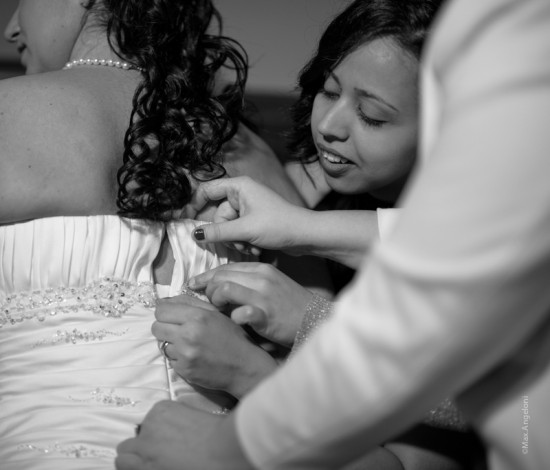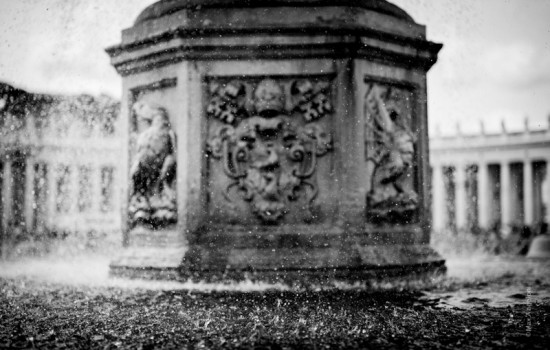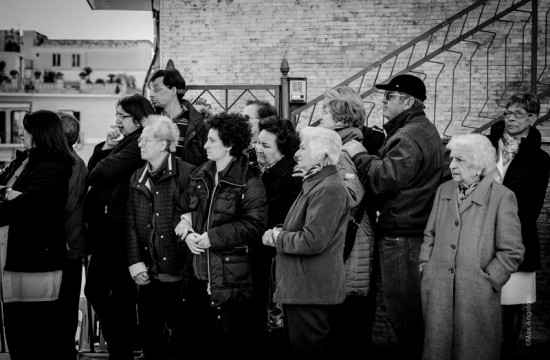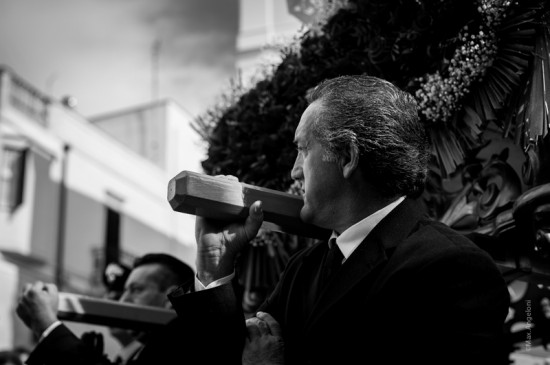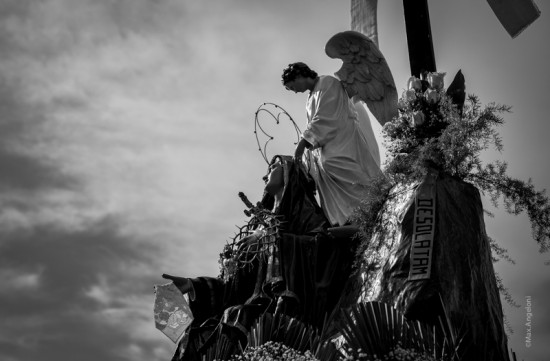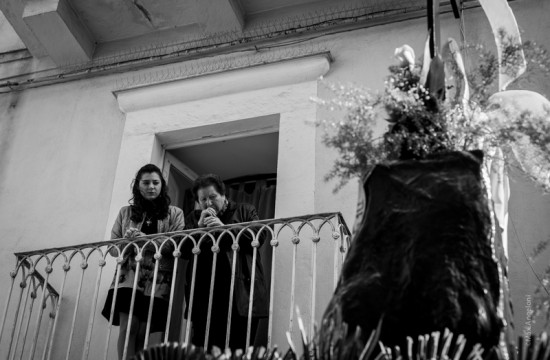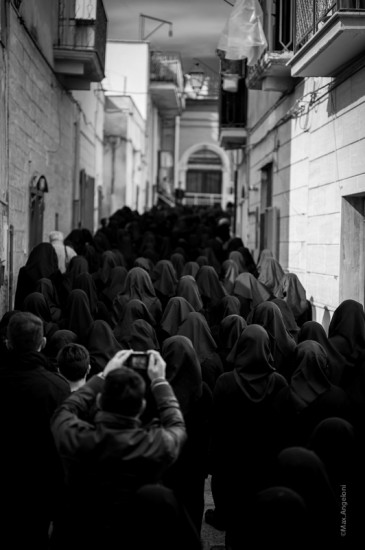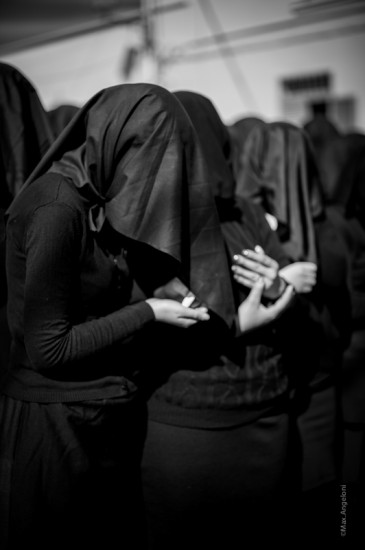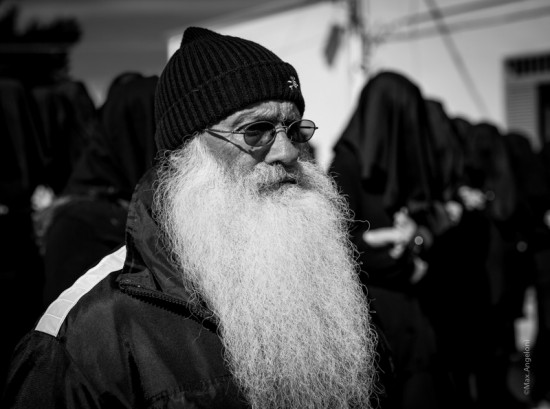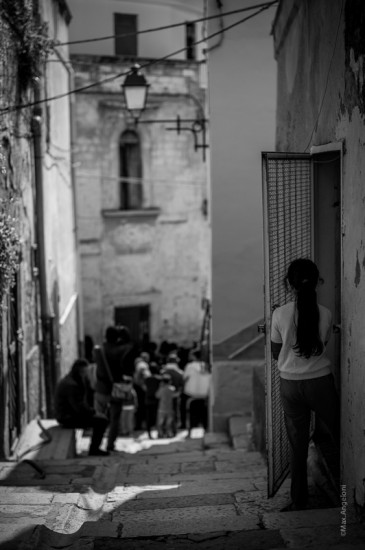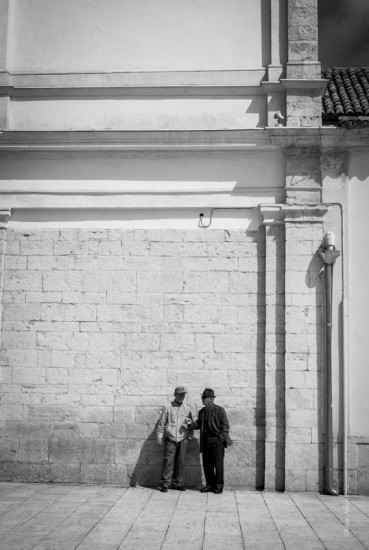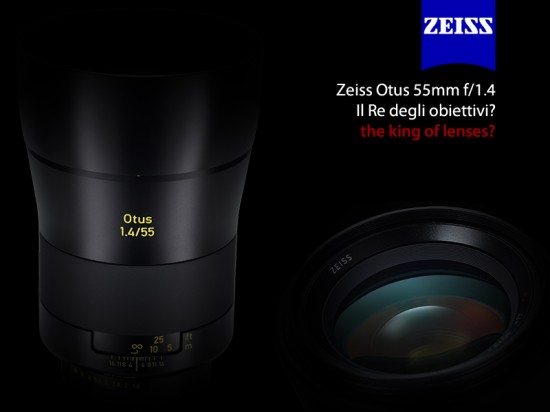
Max Angeloni reviews the Zeiss 55mm f/1.4 Otus Distagon T* lens:
Big, fat, heavy and manual focus. Can a lens like this be considered a must have lens in the era of miniaturization and electronics? Let’s find out together.
Imagine you are a lens engineer. One day your boss comes to you saying you have to design a lens. Of course you ask for more information. You need to know the price tag, the technical specifications, the materials it has to have. The answer you get is…well…no answer. You just have to design and build the perfect lens, forgetting about all the possible constraints and limits…you’re free to design the best lens without any limit.
Now even if this is just a “fairy tale”, at the same time it’s not so far from being true in this case. It’s not so far from being true even in the “no limits” idea that Zeiss engineers decided to follow.
The Nikon version of this lens is 14,1 cm long and weights 970 gr. The Nikon AF-S 24-70 f/2.8 G ED (a premium, constant F2.8 Zoom Lens) is shorter (13,3 cm) and lighter (900 gr.). The Nikkor AF-S 50mm f/1.4 G is 5.4 cm long and weights just 280 gr. If we want to make a comparison it’s like having a light, thin, not so tall classic dancer versus a long, heavy, big basketball player.
The thing is that the Zeiss Otus is not just a fast 50mm lens. It’s important not to think just in terms of focal length and maximum aperture. The Zeiss Otus 55mm it’s a lens that falls in that elite group of lenses that are in a class of their own. Lenses that will always be a reference and a forbidden dream of many photographers. You read it right…forbidden. Because 3,600€ are an incredible amount of money and before thinking about spending that much one has to be sure to be able to understand, use and get the most out of this big, wonderful lens.
In the field
Let’s talk about some aspects that we have to take into consideration before falling into misunderstandings about this lens.
First of all…the lens has no Autofocus and therefore you have to manually focus. We all know the stigmometer belongs to the past. But the worst thing nowadays is not the lack of the stigmometer itself, it’s the lack of big and bright viewfinders in the majority of modern DSLR.
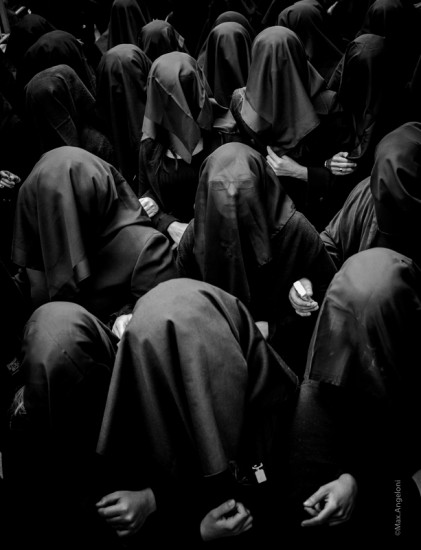
Nikon DF, Zeiss Otus 55mm f/1.4 – 1/250, f/8, ISO 4000 When it’s hard to have a selective focus it’s wise to stop down the aperture in order to increase the depth of field, especially with manual focus lenses.
Let me explain better. All pentamirrors used in the entry level cameras aren’t adequate to be used with manual focus lenses. They’re like keyholes that are almost impossible to use while manual focusing.
During our field test of the Zeiss we were also testing the Nikon D3300. We tried to take some shots with the Zeiss and the little Nikon, just for the sake of trying it, but we gave up almost immediately given how frustrating was to see the focusing results, despite the fact that we’re not beginners at all.
With the pentaprism featured in both the D800 and the DF it’s a whole different story. You just need a couple of days to get used to the manual focusing and, once you feel comfortable with it, it’s so smooth that you don’t even need to look at the electronic Manual focus help, a green spot that confirms the focus is spot on.
Needless to say, if you want a close up with a wide aperture you need your subject to be steady and still. You will have to be really focused while focusing (sorry for the pun) and the green electronic MF confirmation is going to be very useful in this situation.
The second thing to consider is the way you handle the camera with this lens attached. It’s highly recommended to handle the lens like a telephoto lens rather that a “normal” one because otherwise you’re going to feel your arm tired very easily. I bet many will consider this advice as a marginal thing and many will be probably amused by it.
I think this is something we photographers have to think about, especially in case of long shootings. When the heft of our gear becomes all but negligible it is crucial to change the way we handle the camera. It’s important to “lay” the lens on the left hand rather than using just the right hand to handle and shoot.
This is even more important with manual focus lenses since our finger have to deal with the focusing ring while holding the camera.
Now we’re ready to shoot.

Nikon DF, Zeiss Otus 55mm f/1.4 – 1/250, f/1.4, ISO 2200
The three photos above are perfect examples on how good the Zeiss Otus is at it’s widest aperture settings. Not only clean details but also a wonderful bokeh and an incredible three-dimensional rendering.
The Zeiss Otus 55m f/1.4 is a lens designed to give its best at its widest aperture settings, between F1.4 and F2.0.
What does this mean?
This means that wide open the lens is almost flawless or if there’s any flaw, it’s so negligible that it doesn’t affect the final result in any way. Sharpness, bokeh, geometric correction…everything is impressive even at F1.4. There has never been anything like this in the past for reflex cameras. Probably there has never been anything like this at all. A perfect balance of qualities that allows to immediately recognize the pictures taken with this lens.
I’d like to repeat myself, and I’d like to ask you to read carefully before writing haphazardly comments. A lens like this, an Elite lens like this, is not for everyone, it doesn’t always make the difference, it doesn’t always show to be different compared to other lenses. An elite lens like this has to be used in a different way. You have to adapt your photography to the lens in order to get the best out of it. Many think it’s the opposite, but trust me, it’s not true.
We all know that nowadays the only way people evaluate lenses is by relying on sharpness charts. The Zeiss Otus wins hands down on sharpness but evaluating a lens only by its sharpness is not only shallow but even very depressing.
If you’re hard core fans of the maximum sharpness be informed that the Zeiss Otus 55mm is so sharp that stopped down to F11 it’s almost impossible to use for portraits, especially in good lighting conditions, or when using your flash.
I’ve been denounced to the smooth skin court by a couple of brides…Do you believe me now? Anyway, you can now close this page because I’m not going to write about sharpness anymore.

Crop 100% – In good lighting conditions and the lens stopped down the Zeiss lens shows impressive details.
In this case I used Lightroom 5 with sharpness set at 20 out of 150.
As mentioned above there is almost no distorsion with this lens and chromatic aberration are well under control. The vignetting is evident only when wide open but this is usual for bright lenses like this. To me the vignetting is not a flaw, but rather a “feature” that together with the shallow depth of field gives a unique c character to some lenses. If you like flat images with an even rendering between the center and the edges of the frame you’re lucky. To get something like this a 100€ lens with an F8 aperture setting is enough.
If on the other hand you want to get a three dimensional feeling you already know that having some bokeh is not enough to match our expectations.
It’s the sum of many elements and the balance between them that make the difference.
As of now, excluding rangefinder and medium format lenses, my reference lenses are the Nikkor AF-S 35mm f/1.4G e AF 85mm f/1.4D and the Fujinon XF 56mm f/1.2R.
Warning! I’m not saying there aren’t other lenses with a similar “magic” produced by other manufacturers, I’m just comparing it with the lenses I use the most and I know the more, thanks to my direct experience.
A trio with the two Nikkor lenses (35 and 85) and the 55 Otus is a dream for many photographers. The perfect setup to get the most out of a Full Frame Reflex system…Especially in conjunction with the pixel-loaded D800. A very expensive, heavy and bulky trio. But we still have to remember that it’s the lens that makes the shot, not the camera.

Nikon DF, Zeiss Otus 55mm f/1.4 – 1/640, f/4, ISO 100
With manual focus lenses it’s important to be smart and think about the picture you want if you want to get good results with moving subjects that would be complicated to catch even for the best autofocus lenses.
In such cases, having the lens stopped down helps, allowing to have more depth of field. At the same time pre-focusing at the distance we think our subject will pass is a key aspect to get a good picture.
Conclusions
Finally it looks like the rush to replace DSLR at an incredible pace is slowing down, probably thanks to the fact that the digital technology has reached a stage when it’s hard to evolve with the same rh rhythm. It’s finally time to focus on lenses given that a 3 to 4 years old camera is still modern and good enough not to suffer of any big gap with its newer rivals.
If we have the luck to be able to invest money in photography it’s wise to focus on lenses, these wonderful “pieces of glass”. I’m not pushing anyone to buy this Zeiss Otus lens. As I told you before it’s expensive, big, heavy and it’s manual focus. But it’s true that if you have the money and you want to invest them in a lens (whether it’s for hobby or for work) and:
- You know exactly what you need and want from a lens
- You know how to get the most out of a lens
then I think it would be wise to at least think about buying this gem.
My advice is not to try it if you don’t want to buy it or you can’t afford its price. I’m telling you that it would be really hard to get back to your lenses after trying what is the best lens ever made for reflex cameras.
Notes
Attached to this article you find a set coming from one of my works, performed with this Zeiss Otus 55mm. This is also to demonstrate how it’s possible to face almost every kind of photography even with a manual focus lens, and get great result. And it’s not a coincidence that the camera I used it’s the Nikon DF, the camera that in Nikon’s idea it’s the camera that should bring us back to pure photography, allowing to focus on the basics that are almost forgotten nowadays.
Canosa di Puglia – Processione della Desolata:
This review was originally posted here.
If you have an interesting idea for a guest post, you can contact me here.


